Language
WORLDWIDE SHIPPING
Global Minosharp Professional Stones kit 220-1000-6000
was
€294.00
Special Price
€279.00
€228.69
Availability:
In stock
The Global MinoSharp Professional knife sharpening kit with combination of sharpening stone and sharpening guides is recommended for global knives and other types of kitchen knives.
The kit contains:
n. 1 Stone combined with 220 and 1000 grain, complete with guide rails and a plastic support that also acts as a container and a base to lift the stone over the counter during sharpening. The storage box is ventilated so that the sharpening stone dries out if it is placed in the box while it is still wet.
Rough Beige 220 Grain - The rough finish should be used when the blades are completely beveled or when the blades are chipped, damaged.
Medium blue grain 1000 - The medium finishing sharpening stone is the knife sharpening stone, which has become beveled after use.
n. 1 6000 grain stone suitable for polishing the edge of your knife. Also complete this plastic support stone, container and sharpening guides
The fine beige 6000 grain will allow you to make your thread shiny and slippery.
Dip the stones first, put the guide on the sharpening knife, then sharpen the knife. Before storing the knife, be sure to wash it first. The guides are designed to help maintain the correct angle for sharpening knives with a sharpening stone. The angle is between 10 and 15 degrees.
The guides are plastic coated to minimize knife scratches during use.
Recommended this kit for all Global knives also all types of kitchen knives with Japanese thread.
Rough - Beige, grain 220 - The rough finish should be used when the blades are completely beveled or when the blades are chipped, damaged.
Medium - Blue, grain 1000 - The medium finishing sharpening stone is the mayonnaise stone for sharpening the knives, which have become beveled.
FAQs

 IT
IT FR
FR
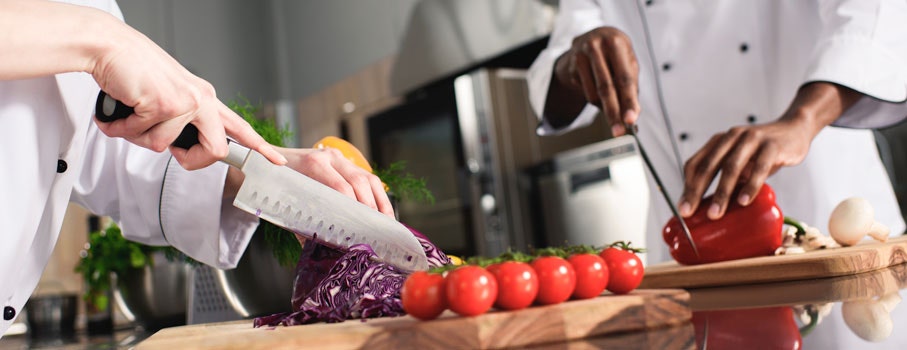
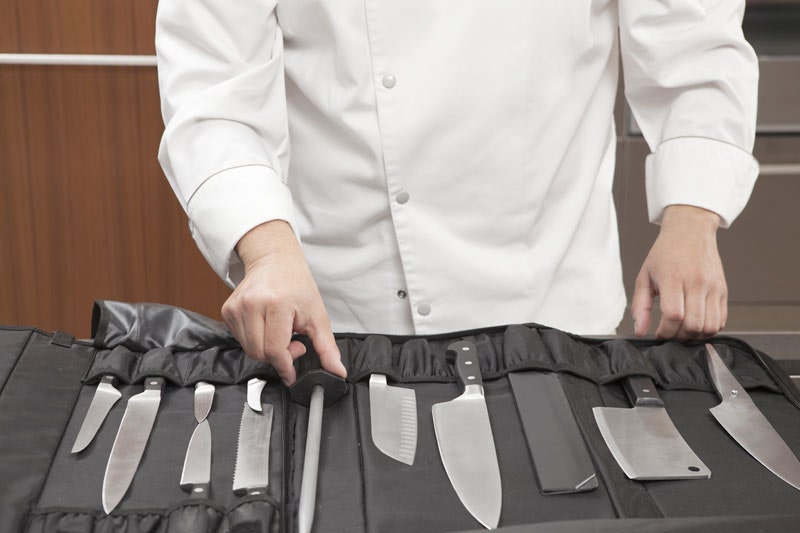
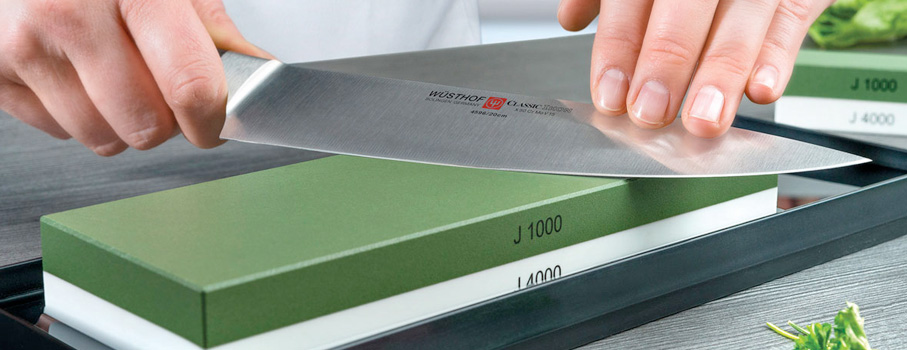
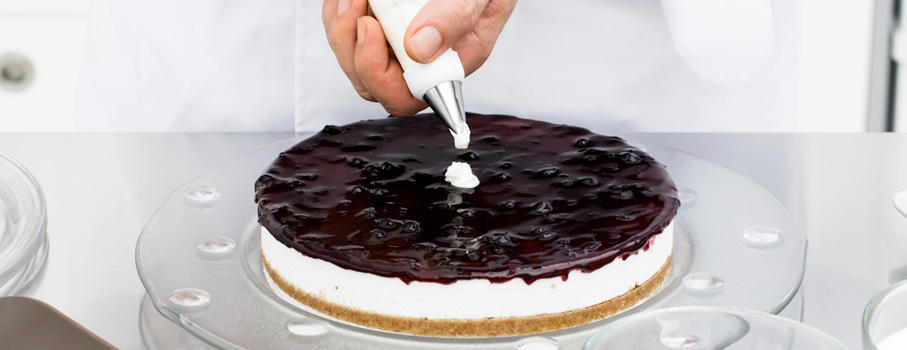

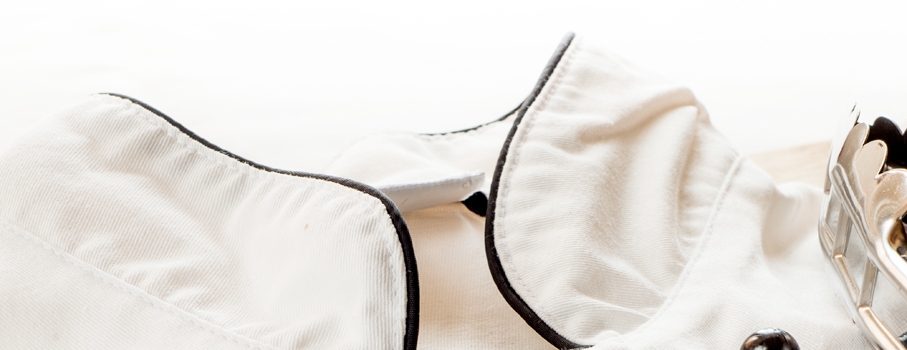
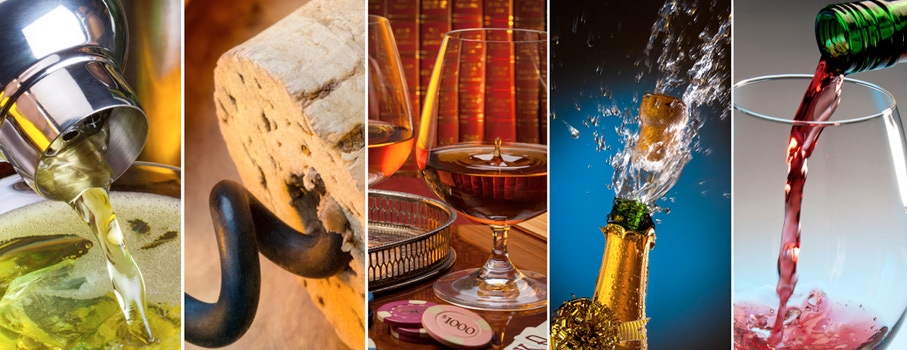
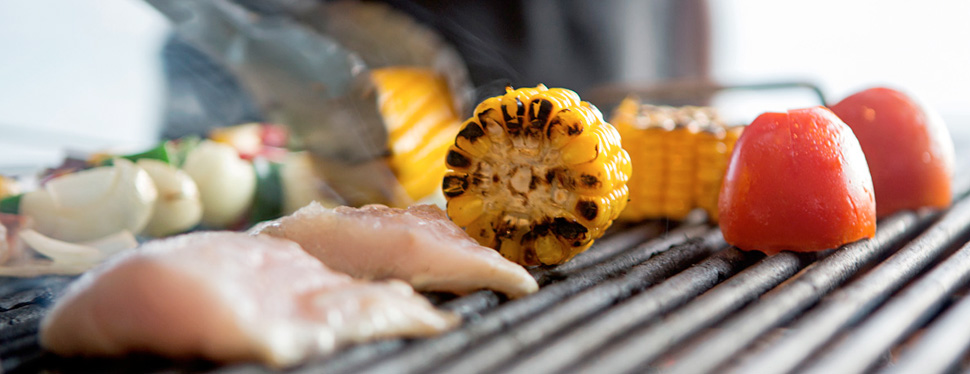

 IT
IT FR
FR
